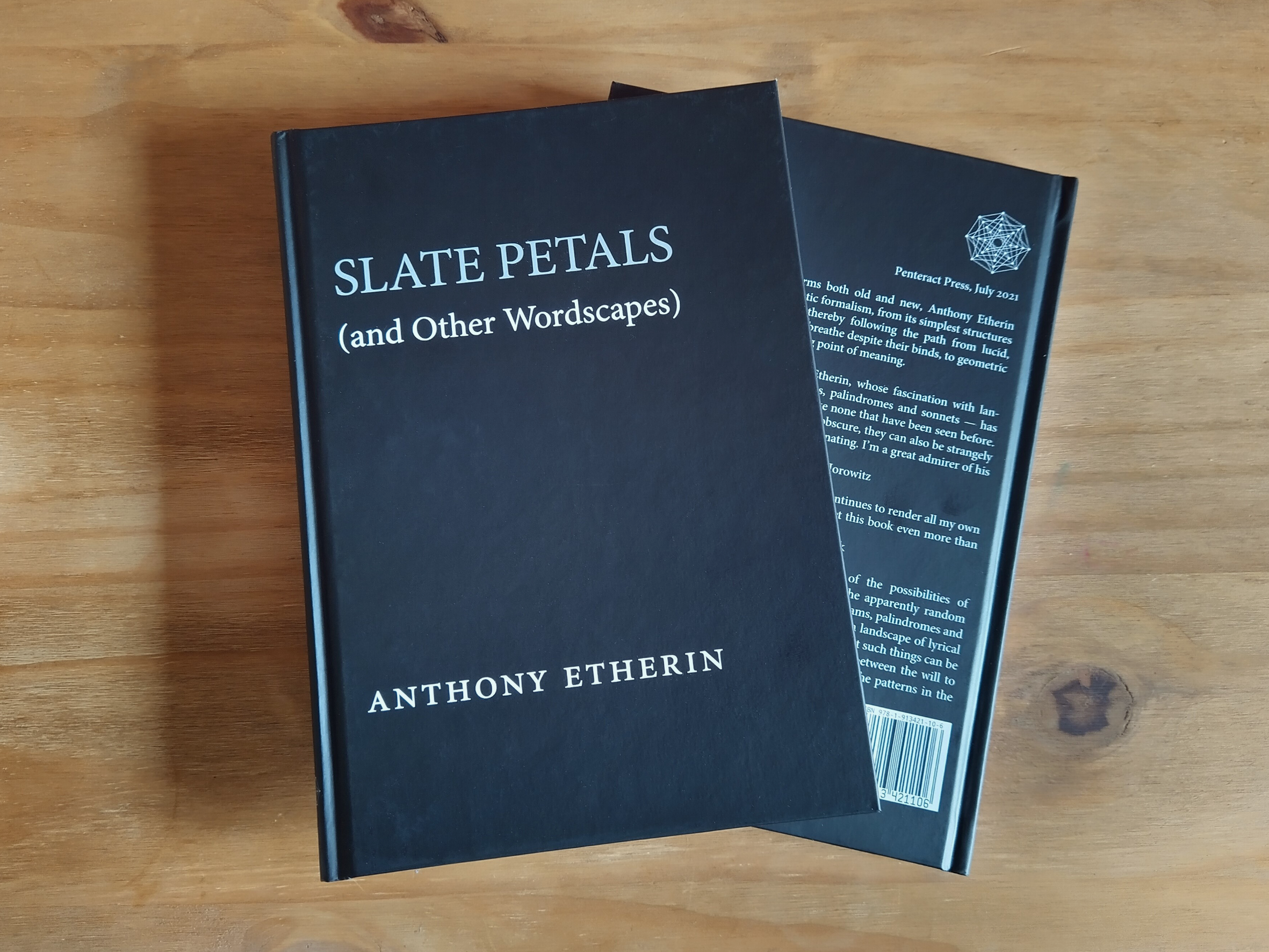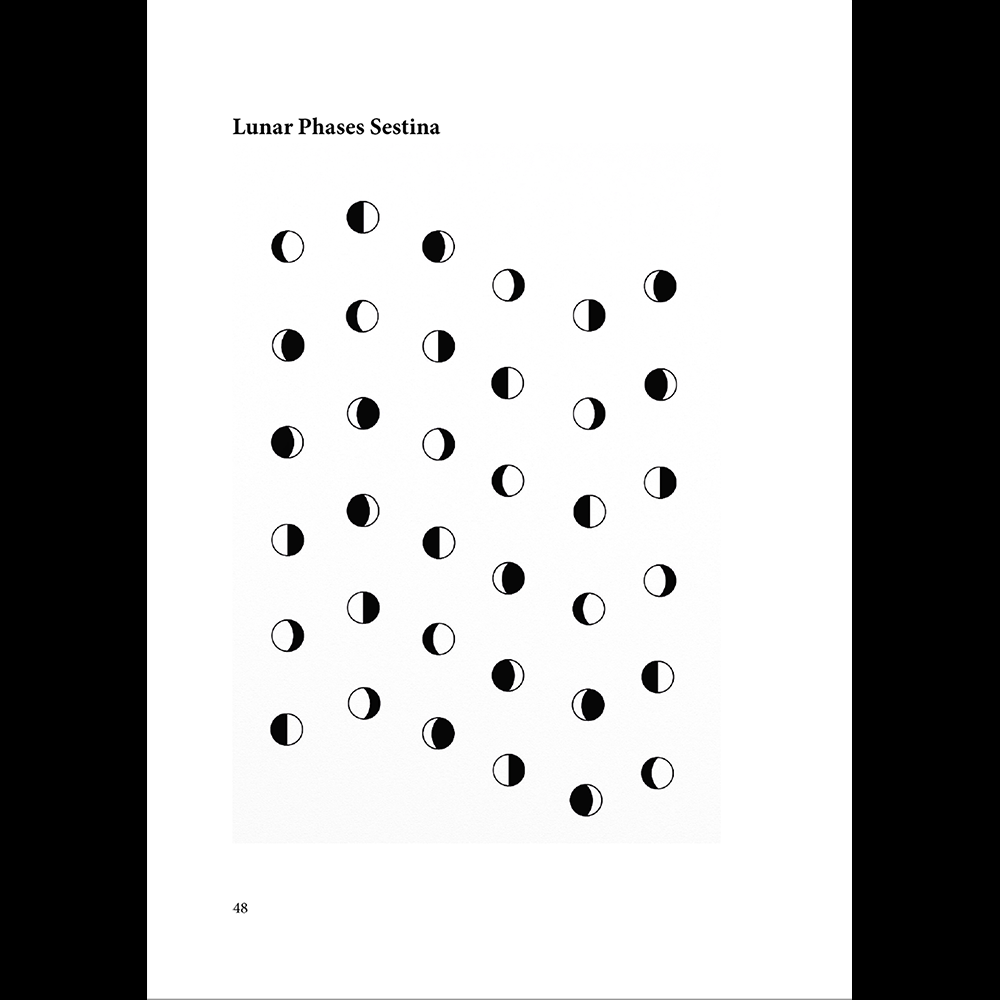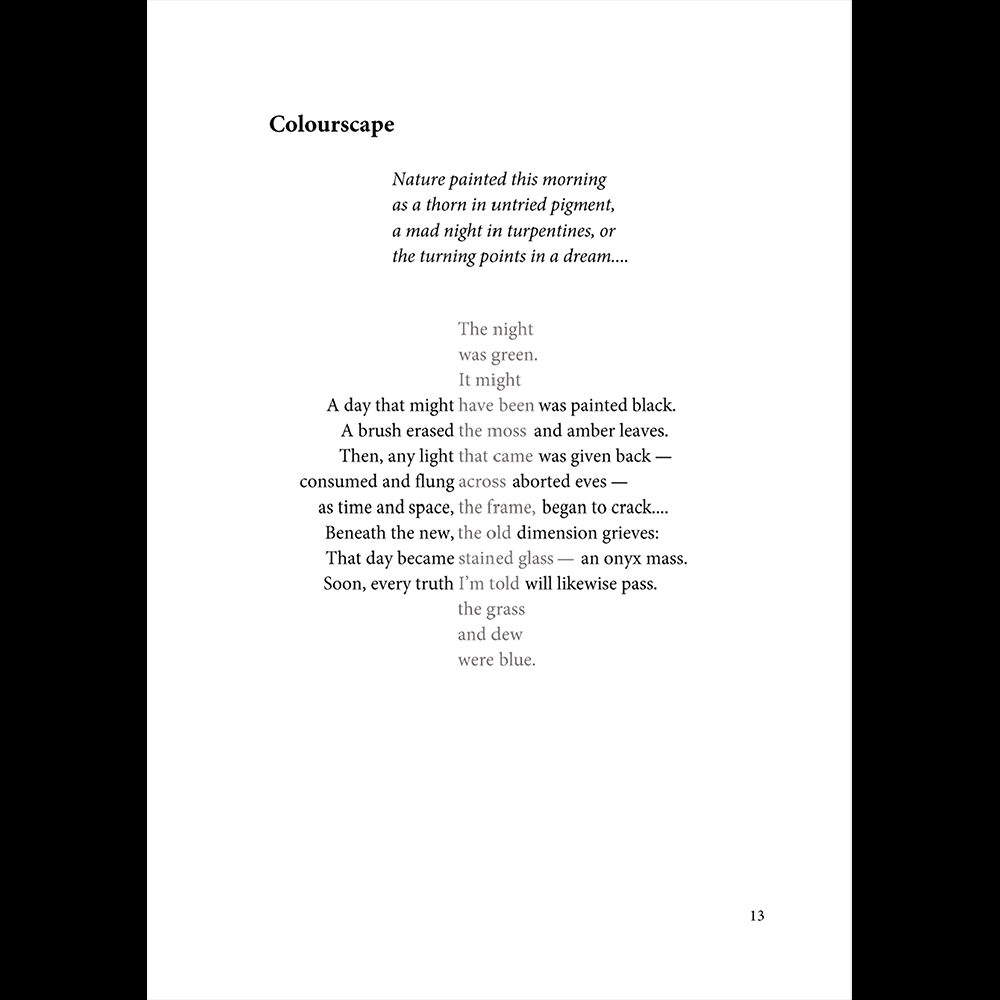
Amber Share was looking for some artistic direction as an illustrator and designer when she began to notice some one-star negative reviews left on sites for our National Parks. It intrigued her that anyone would leave a negative review for such national treasures and this inquiry began her work on Subpar Parks, first as an Instagram feed and then as a book.
The new book features Share’s lovely illustrations of different parks with the terrible reviews featured (with reviewer names and identifications left off), and then her snarky response to the observations of those who bothered to write a review. She clearly loves our National Parks and can’t fathom a negative experience, but then turns that into art.

Some favorites of mine from the book:
- “It looks nothing like the license plate.” (Arches National Park)
- “A hole. A very, very large hole.” (Grand Canyon National Park)
- “A green statue and that’s it.” (Statue of Liberty National Monument)
- “Mountains not nearly tall enough.” (Gates of the Arctic National Park)
- “Don’t even get to touch lava.” (Hawaii Volcanoes National Park)
But the book is not all snark and pushback.
Share has done her time in National Parks as a visitor and she has done her research, too. Each chapter on a park (the book is divided into regions of the United States) comes with interesting information and anecdotes, as well as connections to the native heritages of the land, and she adds helpful advice from park rangers on when best to visit and where, and what to remember about a given site.

I thoroughly enjoyed her illustrations — muted colored hues as her palette and soft, evocative artwork that captures the essence of the places as a contrast to the words of the negative reviewers. She has a real cohesive style that connects the pieces together in an engaging way. You see our National Parks from a new view.

I’m tempted to give this a subpar review, just to keep with the theme of Share’s work, but I won’t, since Subpar Parks is a fun and interesting and informative read all around. Five stars.
ALSO: Did you know Write Out 2021 is kicking off tomorrow (Sunday, October 10)? It’s a free, place-based, online activity for teachers, students and the public. Write Out is a partnership between the National Writing Project and the National Park Service. More info: https://writeout.nwp.org/
Peace (reviewed and refuted),
Kevin







![Almost American Girl by Robin Ha [in Booklist] | BookDragon](https://external-content.duckduckgo.com/iu/?u=https%3A%2F%2Fi0.wp.com%2Fsmithsonianapa.org%2Fbookdragon%2Fwp-content%2Fuploads%2Fsites%2F10%2F2019%2F12%2FAlmost-American-Girl-Robin-Ha-BookDragon.jpg%3Fresize%3D530%252C800&f=1&nofb=1)



